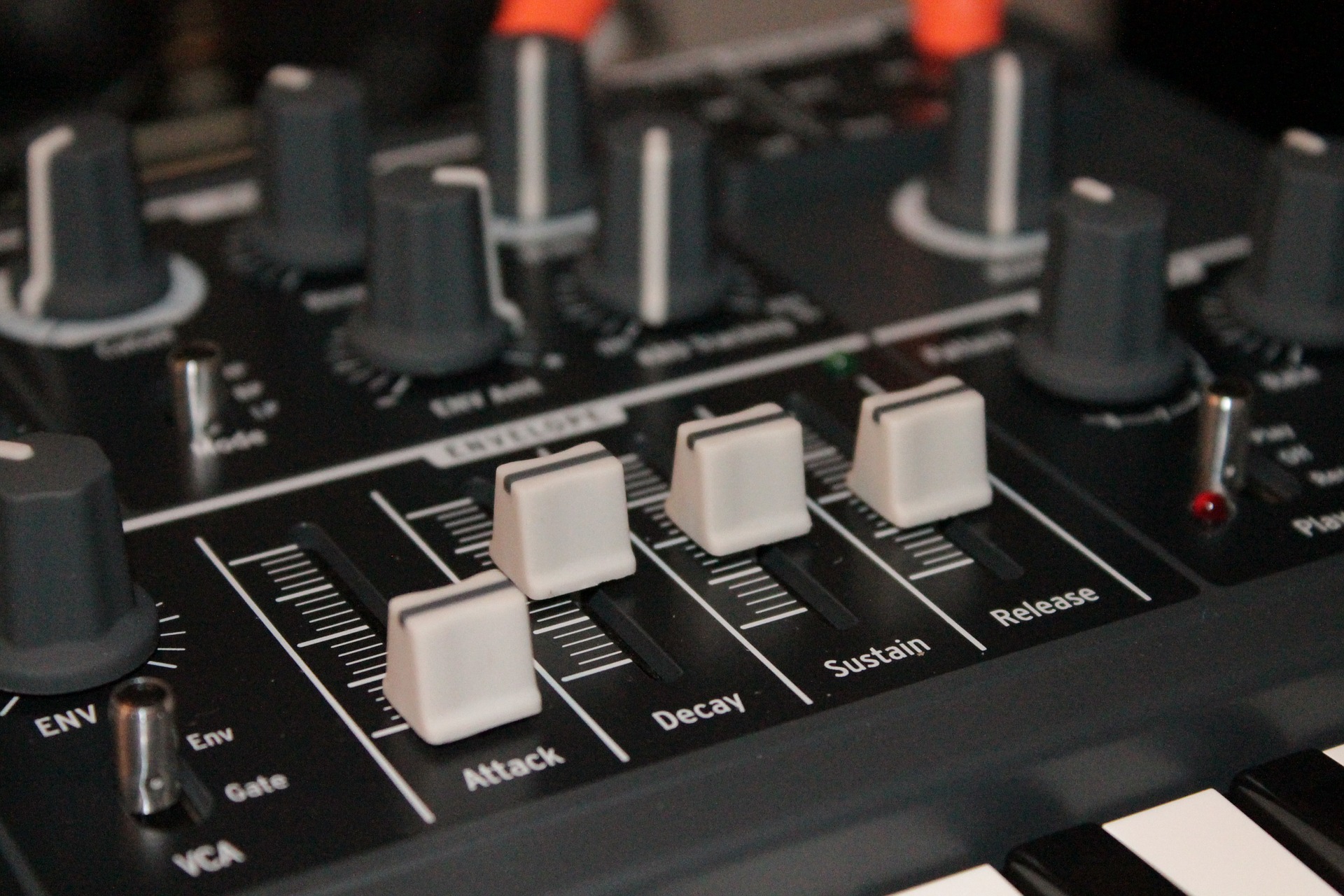Arturia is one of the leading software makers in the industry of music. Arturia makes various virtual instruments for DAWs and standalone software as well. The exact specialisation of this world-known brand is bringing back the life of all the mighty classic synthesisers that are already lost or can still be found at the expense of a brand new-vehicle. Anyway, these musical instruments are either extremely rare or highly expensive.
The success of Arturia
The scope of the work of Arturia has always been quite large. Yet, it was their initiative to develop the classic synthesisers which turned out to be the best route that gave Arturia a wide exposure. Now, almost every musician and producer knows about this brand and its products.
The best deal that they offer is their Arturia V Collection pack. This collection bundle comes with one of all the hottest and most demanding synthesisers from the decades. Today we will delve into one of their most attractive collection pack Arturia V Collection 7.
What is Arturia V Collection 7?
This massive pack contains 24 virtual instruments that you can use as either standalone or with your DAW. Still, we are not going to talk about the others here. Let’s see what was new in Collection 7 apart from what they already had inside all of its predecessors.
Arturia V 7 added 3 other iconic synthesiser in 7, which is CZ V, mighty EMS SYNTHI A and the beautiful Mellotron as well as some new features inside analogue lab 4. Let’s get to know about CZ.
Arturia V CZ
CZ V is basically the software clone of the classic Casio CZ-101 keyboard. One of the best thing about how Arturia makes their products is the way the brand is building all of the iconic synths based on their original formula. So, with this, Arturia CZ V has been built on the same design as the one of Casio CZ featured by phase distortion synthesis over two wave shapes. You can modify these shapes by the DCW (Digitally Controlled Wave) synthesis, via an interactive display located right in the middle of the CZ V.
You will have an additional screen opening down from the top, where you will be able to see the details of the sound and modify them anyway you want it. With the additional screen, you have access to sections like synthesis, envelops, modulations and effects. Right in the synthesis section, you are able to play with the two wave form and modify them anyway you like. This instantly gives you an already bloomed retro vibe and nostalgic sound.
There will be two separate screen to control each wave respectively. You are also able to turn off each waveform in case you want to work on individual wave shape independently.
Other parts of the Arturia V CZ interface
On the top of each of these wave editor, you have three tabs such as Pitch, DCW and Amp. You can do some crazy and cool stuff and spend hours and hours just on this section alone while there are other synths waiting for you.
All of these software parameters are highly configurable from an external midi controller. The response to the tweaks is surprisingly smooth. Note, the response may not be as smooth if your computer is not ready to handle such processes.
With each Arturia’s product, you will find an extra effect panel where the brand’s designers remembered to add effects like reverb, delay, chorus and sometimes some extra effects. These effects are already so powerful that you often do not want to lean on other third-party effects. Yet, of course, you can add one by turning off the default effects from these synths. Certainly, you will find a hefty amount of presets to play around or to use it inside your own works. The presets give you the instant peek at what Arturia is capable of. Some of its the sounds will literally tremble your house!
Original Casio CZ
Note that this Casio CZ is one of the synthesisers that shook the 1980’s sounds and bodies! These keyboards also support a guitar strap that gave you the ability to play it as a keytar. This instrument was highly portable.
The CZ V’s default sound is sinewave. You will immediately be able to hear the kind of sound phase distortion brings by cranking up the DCW knob. You will hear it turning into something similar to saw tooth but with lot more harmonics. Note that since CZ V is based on the phase distortion synthesis, there is no filter to have the filtering effect. Rather, you will need to play around with wave shapes in order to have such an effect. In fact, you will often find its sounds much richer in harmonics than the subtractive synthesisers.
The interface is built on classic CZ. The voice selection, vibrato section, arpeggiator, display, macros and benders. This is a great synth to play around to learn the phase distortion synthesis.

